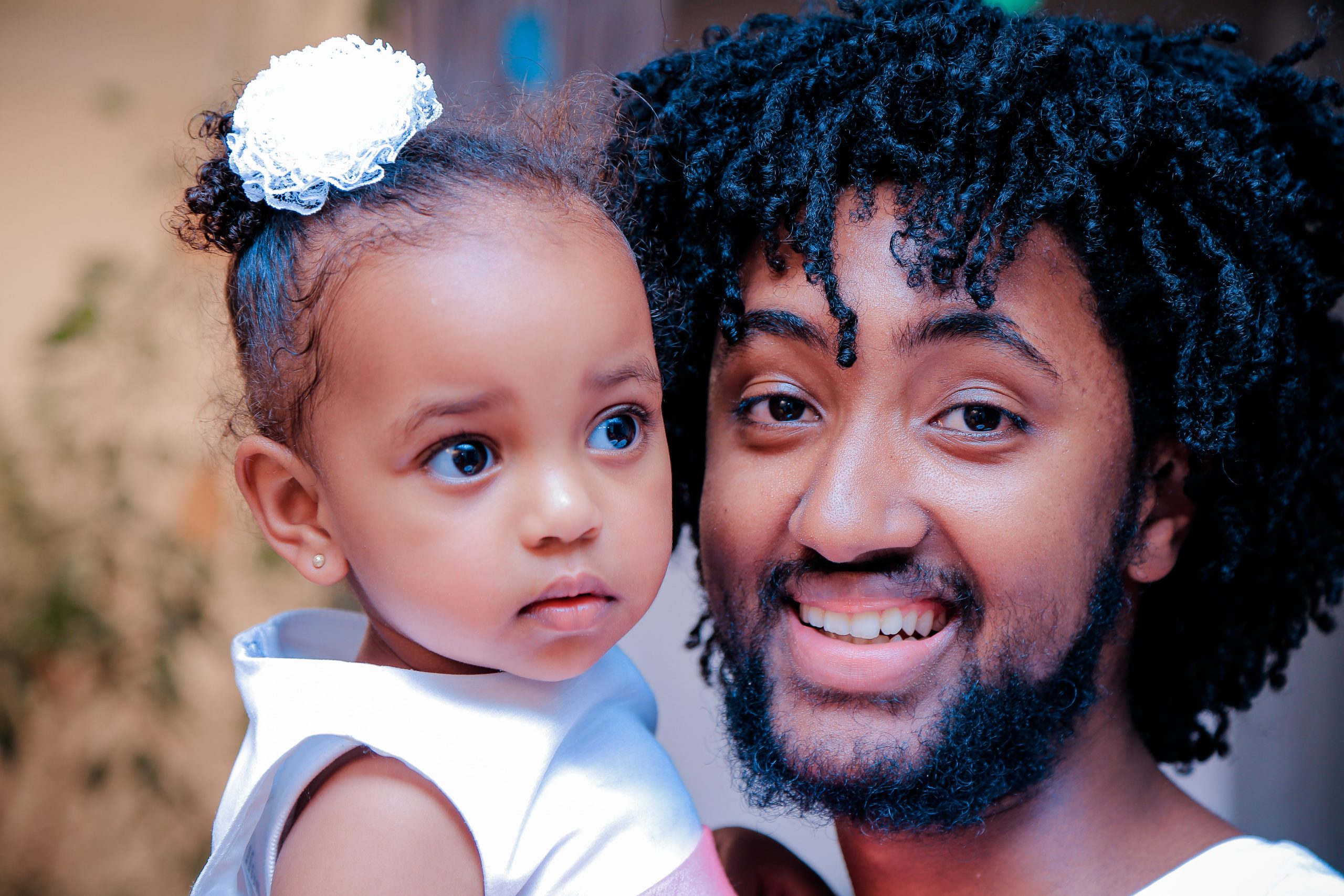Wisconsin Child Custody: Insider Insights to Secure Decision-making and Time with Your Children
When child custody is at the heart of either a paternity or divorce case, it all revolves around one pivotal principle: the best interests of the child. Wisconsin child custody encompasses major decisions, placement defines the daily schedule, and support determines financial responsibilities. These intricate matters fall under the purview of family law, specifically Chapter 767 of Wisconsin’s legal framework.
Understanding Wisconsin Child Custody
In Wisconsin, the default assumption is that both parents will share custody and placement of the child. The exception to the 50/50 split arises when evidence demonstrates that such a division wouldn’t be in the child’s best interests
Wisconsin Child Custody in Divorce Cases
Child custody is an integral component of any divorce case involving children. At the outset of such cases, specific forms must be filed if children are involved. Decisions regarding custody and placement intertwine with other critical issues such as property division and alimony.
Wisconsin Child Custody Following Paternity Determination
A custody case can also arise after a paternity case or whenever it becomes necessary. If paternity was established at birth, a custody case can commence when required. Conversely, if paternity hasn’t been established, the mother assumes sole custody.
Navigating Wisconsin Child Custody Adjustments
After obtaining a custody order, it might become necessary to modify or enforce it. Orders older than two years or significant changes in circumstances can warrant requests for modification. Alternatively, if a party fails to comply with the order or breaches established rules, enforcement filings can be pursued.
Insight into Wisconsin Child Custody and Placement Laws
The Wisconsin Child Custody Process
The initiation of a Wisconsin child custody case occurs either once a paternity case is resolved or when a divorce is officially filed. For a more comprehensive understanding of this process, refer to our dedicated page outlining our comprehensive step-by-step approach.
Diverse Divorce Types
- Uncontested Divorce: Both parties are in agreement on all aspects of the divorce, necessitating legal assistance primarily for the procedural aspects.
- Mediated Divorce: This involves both parties meeting with a third-party mediation attorney who facilitates the divorce process collaboratively.
- Contested Divorce: Here, parties navigate the divorce process separately due to disagreements on one or more divorce issues.
Navigating the Child Custody Process in Wisconsin
Step 1: Filing
Ensure you complete the appropriate paperwork while filing your case. If children are involved in a divorce, distinct forms are mandatory.
Step 2: Temporary Orders
Temporary orders outline child custody, placement, and support arrangements throughout the case’s duration.
Step 3: Mediation
Court-ordered mediation empowers divorcing parents to collaboratively resolve custody matters with the guidance of a neutral mediator. This approach aims to develop a custody arrangement that best serves the child’s interests while avoiding protracted court battles.
Step 4: GAL/Custody Evaluation
In cases requiring it, a guardian ad litem assesses the child’s best interests. Alternatively, a mental health professional may conduct an evaluation involving the child and parents.
Step 5: Pretrial Conference
This conference readies the judge for the trial, and it could culminate in a settlement agreement between the parties.
Step 6: Final Negotiations
Before the trial date, there’s a final negotiation opportunity. Many cases settle at this stage to avoid costly trials. However, when reason fails, a trial becomes necessary.
Step 7: Trial and Finalization
During the trial, evidence is presented, and each side presents their arguments for the final order. After the trial, the judge renders their decisions, finalizing the orders.

Key Elements of Wisconsin Child Custody, Placement, and Support
Having grasped the essentials of child custody, placement, and support, you may have specific queries about applying these principles to your unique circumstances. Here are crucial concepts related to these areas, along with additional resources for in-depth understanding.
Remember, seeking legal counsel is pivotal for comprehending how these factors specifically impact your family. Reach out to Sterling Law Offices for personalized guidance to navigate these complexities confidently.
Understanding Wisconsin Child Custody
Custody pertains to the authority to make significant decisions for the child. These decisions span matters such as education, health, and obtaining a driver’s license.
Decoding Wisconsin’s Child Custody Laws
Wisconsin’s child custody laws dictate how courts determine custody. If parents agree on custody, they can decide. However, if consensus isn’t achieved, the court intervenes. The default assumption is shared custody unless one parent poses a danger.
Exploring Types of Custody
Three main custody types exist: sole custody, joint custody, and split custody. Sole custody vests all major decisions in one parent. Joint custody involves both parents in decision-making. Split custody applies when each parent makes decisions for different children.
The Significance of Parenting Plans
When agreement isn’t possible, parents can collaborate on or create their own parenting plan. This plan outlines aspects ranging from child-rearing to holiday schedules.
Diving into Child Placement
Placement involves where the child is day-to-day and who makes those decisions. These decisions encompass routines such as bedtime and activities.
Choosing the Right Placement Schedules
Various placement schedules cater to diverse family needs. Optimal schedules range from alternating days to weekends.
Embracing Co-Parenting
Co-parenting entails prioritizing the child’s interests above personal disagreements, fostering collaboration with the other parent.
Understanding Child Support
Child support rebalances expenses between parents, particularly when one parent has more custody or a higher income.
Utilizing the Child Support Calculator
An imbalance in income or placement time often triggers child support. You can find a calculator offers insight into potential support amounts here.
Frequently Asked Questions about Wisconsin Child Custody
- How is child custody determined in Wisconsin?If parents mutually agree on custody, they decide. If not, the court makes the decision, prioritizing the child’s best interests.
- What are father’s rights in Wisconsin?Established paternity grants fathers the same rights as mothers. Custody decisions hinge on the child’s best interests.
- What makes a parent unfit in Wisconsin?An unfit parent can’t be trusted to care for their child, either due to refusal or incapability.
- What is physical placement?Physical placement determines where the child is and which parent is responsible. Placement schedules are customized for each situation.
- What is the most important factor in determining Wisconsinn child custody?The paramount factor is the child’s best interest, with other elements serving to uncover that interest.
- Is Wisconsin a 50/50 state for child custody?Yes, Wisconsin presumes shared custody, except when it contradicts the child’s best interest.
- What is Wisconsin child custody?Child custody entails legal authority over significant decisions in a child’s life, encompassing education, health, culture, religion, and extracurriculars.
For personalized guidance on Wisconsin child custody matters, reach out to the experienced legal professionals at Dahlberg Law Group. Whether you’re working with Attorney Latrice Knighton or Attorney Paul Santilli, their expertise can provide the clarity and direction you need to protect your children’s well-being. Remember, understanding and securing your child’s best interests is paramount.

